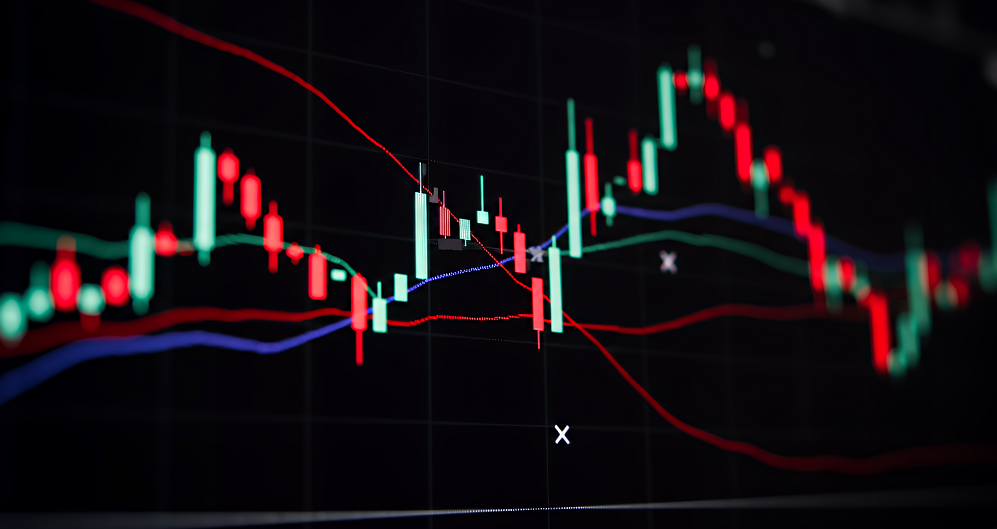Blood on the (Wall) Streets – Nasdaq Crashes 3.4%
Yesterday marked one of the most volatile days in recent market history as the global rush on risk persisted throughout the trading day. Following the trend set by US markets on Friday, global markets continued the downturn into the next session on Wall Street. Stock indices plummeted again, with yields dropping as investors considered the possibility of an emergency rate cut by the Fed. The Nasdaq plunged 3.38%, the S&P saw its largest one-day loss since September 2020, closing down 2.98%, and the Dow fell 2.59%. US 2-year/10-year spreads turned positive for the first time in two years, but both closed the day nearly flat, with the 2-year up 1 basis point at 3.883% and the 10-year down 2.3 basis points at 3.773%. FX markets experienced significant volatility, with the JPY leading gains across the board, while the dollar index closed down 0.46%. Oil prices were slightly less volatile, with Brent off 0.66% at $76.30 a barrel and WTI down 0.79% at $72.94 a barrel. Gold experienced significant fluctuations, dropping nearly 4% at one point before closing the NY session down 1.34% at $2,409.
Investors Brace for More Volatility in Sessions Ahead
Investors are preparing for continued volatility in the upcoming trading sessions as markets adjust to vastly different fundamentals compared to just a week ago. This time last week, the Fed was holding rates steady and anticipating an easing cycle, but now some are calling for emergency rate cuts to halt the downturn. The Asian markets opened with a slight recovery in risk sentiment; however, markets remain sensitive, and traders fear that the potential for further declines is high. If selling resumes, it could gain momentum similar to yesterday’s activity. Today’s macroeconomic calendar is relatively light, with little significant data expected from the London or New York sessions. The highlight of the day will be the Reserve Bank of Australia’s latest rate decision during the Asian session. A ‘no change’ decision is expected, with a hawkish leaning due to persistent inflation in Australia. However, any acknowledgment of current market volatility could be interpreted as dovish, potentially leading to further declines for the Australian dollar.





